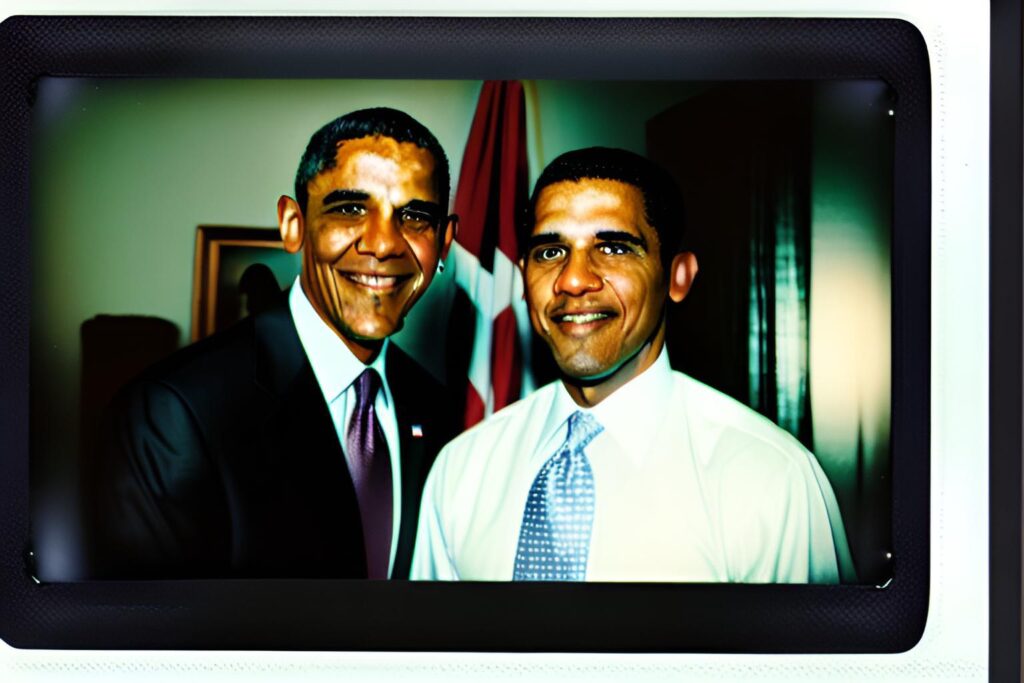Kayfabe Transcends Entertainment: Media Consumption Blurs the Lines Between Fiction and Reality
In a digital age characterized by the relentless consumption of media and TV programming, the concept of kayfabe has taken an unprecedented turn, with the lines between fiction and reality becoming increasingly blurred. The convergence of social media, streaming services, and traditional television has facilitated a transformation where scripted narratives and fictional storylines often intertwine with real-life events, leaving audiences questioning what is genuine and what is orchestrated for entertainment.

Kayfabe: Beyond Wrestling and Sports Entertainment:
Originally a term closely associated with professional wrestling and sports entertainment, kayfabe referred to the portrayal of fictional storylines and rivalries as genuine to enhance the audience’s engagement and emotional investment. However, the rise of reality TV, scripted docudramas, and social media has expanded the kayfabe phenomenon to various facets of media and entertainment.
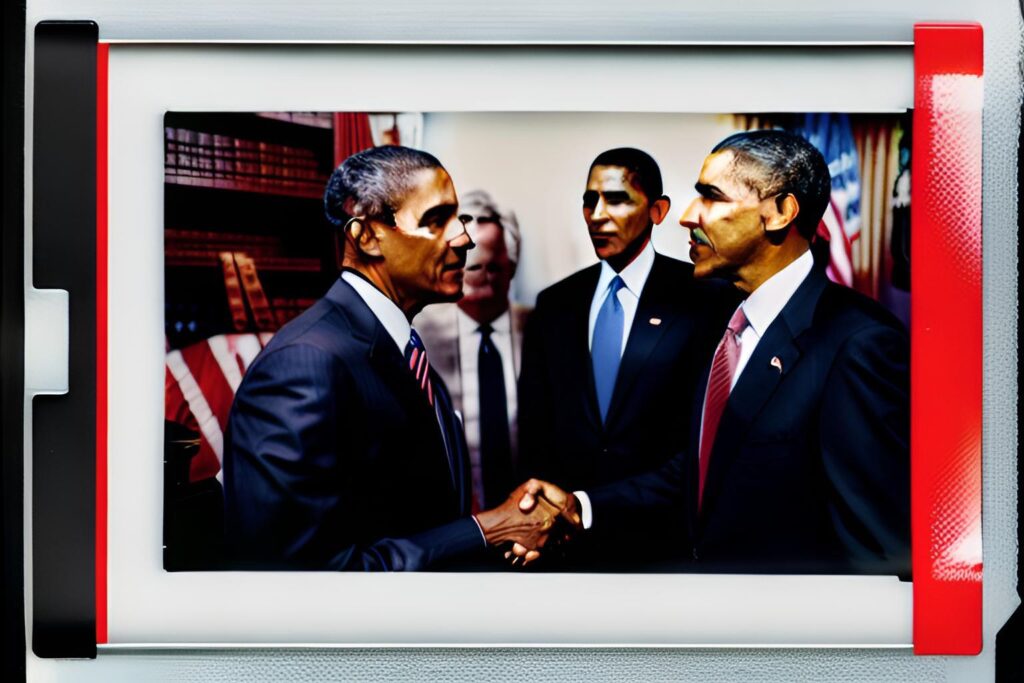
Blurred Boundaries:
As viewers become increasingly immersed in the worlds presented by their favorite shows and personalities, the boundaries between the scripted and the authentic have grown increasingly hazy. Reality TV stars, for instance, often navigate between on-screen personas and off-screen identities, leading to a fusion of their real lives with the character they play for the camera.

Social Media Amplification:
Social media platforms have significantly amplified the impact of kayfabe, offering a direct and continuous connection between creators and their audiences. This instant access has led to instances where content creators maintain an aura of mystery around their lives, purposefully leaving fans speculating about what is genuine and what is part of the act.
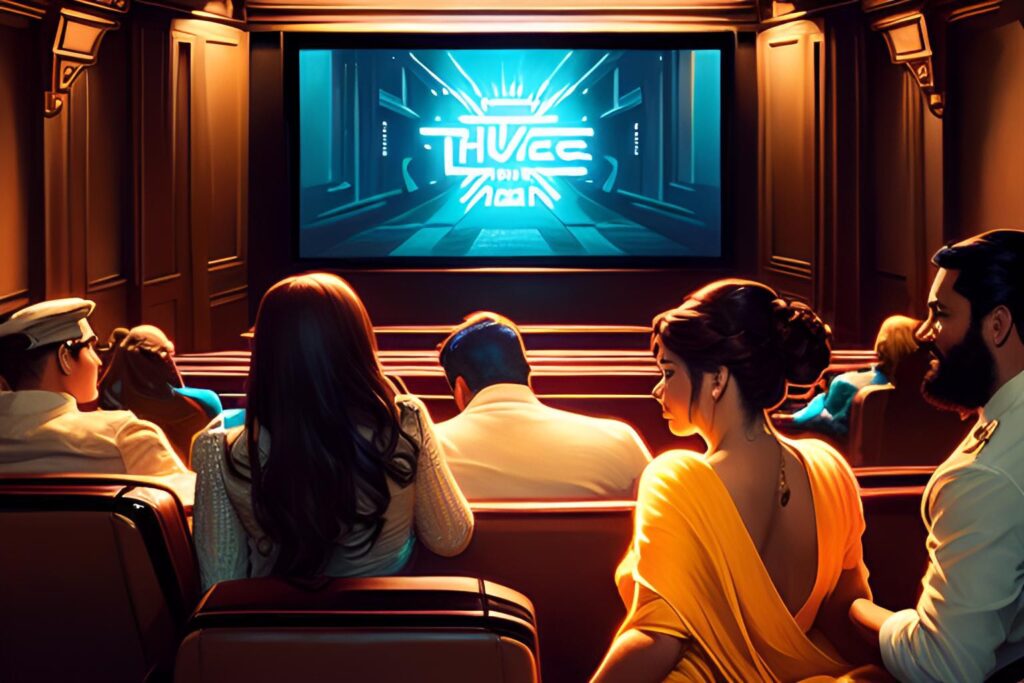
News and Satire:
Even traditional news media and satire outlets have not remained immune to the influence of kayfabe. Satirical programs, while intended for comedic purposes, often engage in elaborate storytelling that aligns with real-world events, adding layers of complexity to the narratives presented to the public.

The Rise of Alternate Reality Games (ARGs):
Alternate Reality Games (ARGs) exemplify the merging of fiction and reality. These interactive experiences blur the lines between the game world and the real world, as players must solve puzzles and interact with characters and events that seem authentic but are, in fact, carefully crafted by game designers.
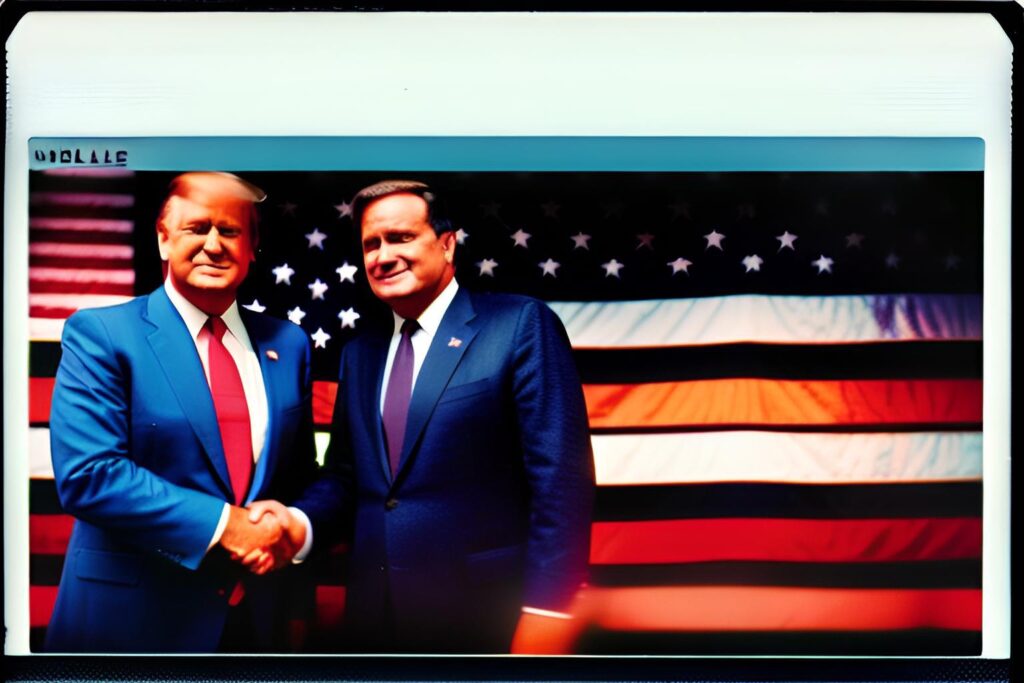
Impact on Society:
The permeation of kayfabe into various forms of media has raised questions about the reliability of information and the consequences of its manipulation. As audiences increasingly find themselves immersed in fictionalized content, critical thinking becomes essential to discern between truth and entertainment.

Ethical Considerations:
The blending of kayfabe with reality has also sparked discussions about ethical responsibilities within the media industry. Content creators face challenges in balancing the desire for captivating narratives with the obligation to inform audiences accurately and transparently.
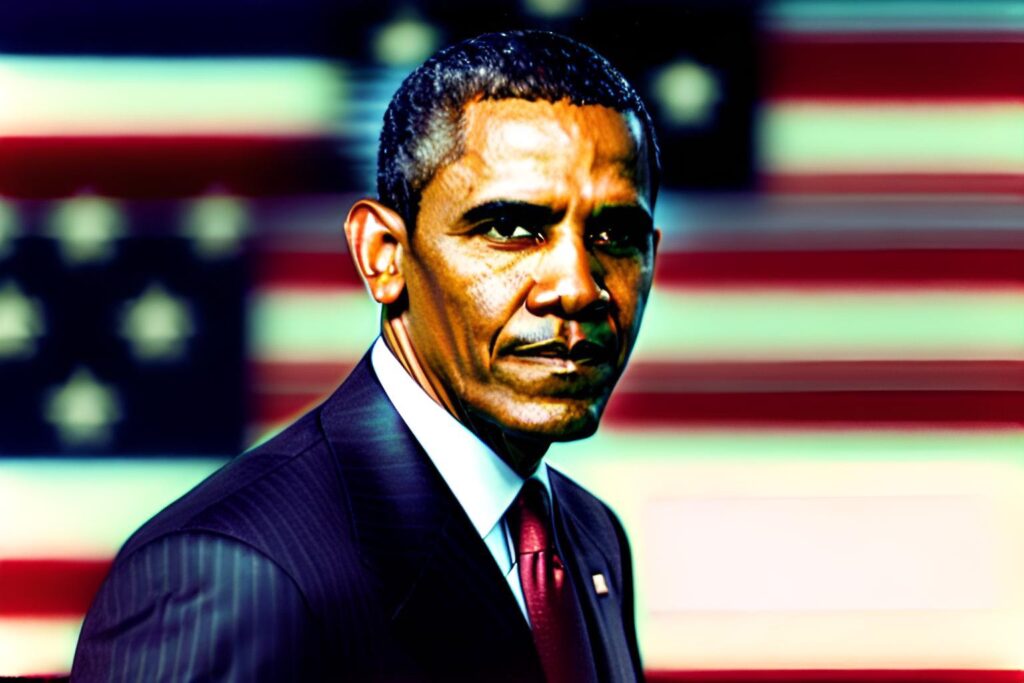
Navigating the New Landscape:
In a world where kayfabe has transcended the confines of wrestling rings and TV screens, audiences are encouraged to be vigilant consumers of media. Developing media literacy skills is crucial in distinguishing between entertainment and reality, allowing individuals to make informed decisions about the content they consume and how it shapes their perception of the world.
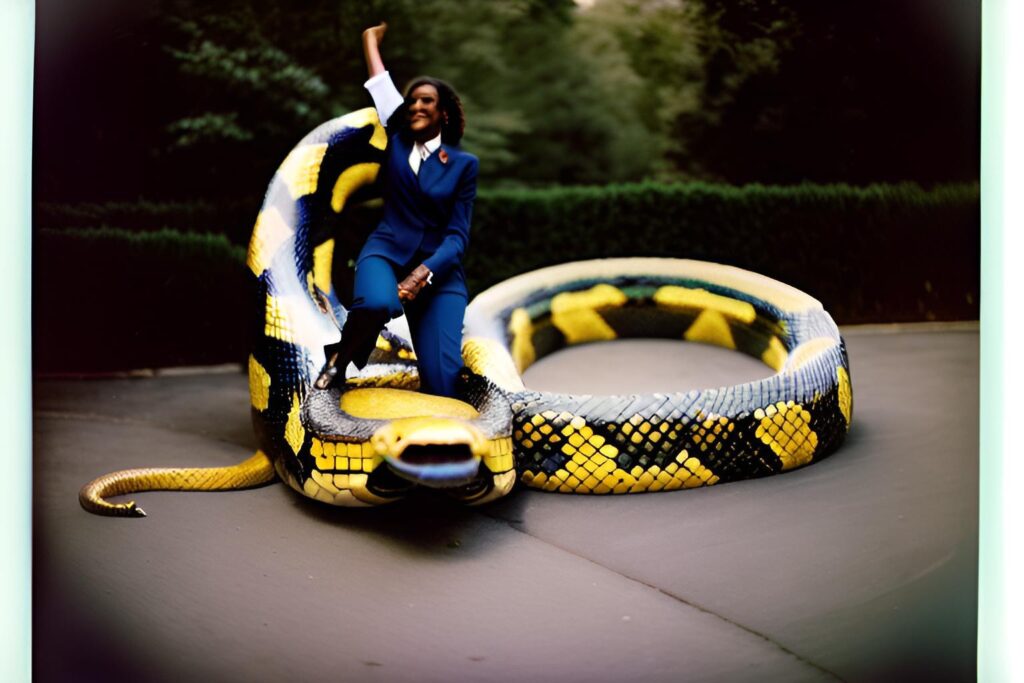
Conclusion:
As the higher consumption of media and TV programming continues to mold our perception of reality, the concept of kayfabe has evolved into a complex tapestry of narratives that intertwine with genuine life events. The seamless integration of fiction and reality challenges us to remain discerning consumers of media, as we navigate a landscape where entertainment and truth often converge. It is a call to embrace critical thinking, media literacy, and ethical responsibility in an ever-evolving digital era.
